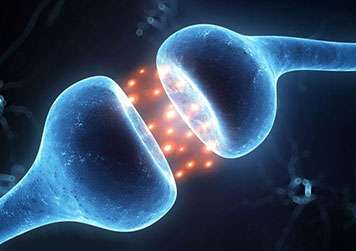Prolactin
Prolactin

Healthy Prolactin Levels
The normal range of prolactin levels can vary depending on the lab kits but generally is < 25 ng/ml in adult women, and it increases in pregnancy to reach between 34 and 386 ng/ml with the highest peak being during labor then gradually goes back to normal around 6 weeks after delivery. Prolactin levels in men are lower, usually less than 15 ng/ml.
Implications of High Prolactin Levels
Concentrations of prolactin in the blood may increase due to different factors, but most commonly due to a dysfunction in its production and secretion at the pituitary level. Non-pituitary causes include antipsychotic treatment (e.g., haloperidol, risperidone, olanzapine, phenothiazines) which have been well evidenced to do so.
Symptoms of high prolactin levels

- Infertility due to anovulation
- Secondary hormonal changes like acne and hirsutism
- Osteoporosis if left untreated for a long time.
- Milk discharge even when not nursing (referred to as galactorrhea)
- Menopausal symptoms like decreased libido and vaginal abnormalities
- Disruption in menstruation, sometimes halting them (referred to as amenorrhea)


Dopamine Agonists
They are the first-line treatment and include two agents: Bromocriptine and Cabergoline. They act by increasing dopamine concentration which inhibits the production and secretion of prolactin in the anterior pituitary gland. Bromocriptine follows a daily regimen, to be taken with food to minimize gastrointestinal side effects.

Hormonal therapy in women
As mentioned, hyperprolactinemia causes a decrease in estradiol which drags on the various ailments. Supplementing with estrogen and progesterone therapy may be an option in women who cannot tolerate dopamine agonist treatment for whatever reason.

Professional procedures
Surgery and radiation therapy are options in cases where prolactinoma is resistant to dopamine agonist treatment, or when there is a relapse after discontinuation of treatment. Both interventions aim to reduce the size of the pituitary gland which will reduce production and secretion. Radiation may be less effective because it takes time to see effects and is often a second choice after surgery.

Conclusion:
Prolactin is a crucial hormone in the well-being of the reproductive system as it affects both ovarian and testicular functions. Hyperprolactinemia can be due to either a benign tumor in the pituitary gland known as prolactinoma or due to different treatments. It is not a life-threatening condition but still requires medical attention due to its effect on the quality of life. How to reduce prolactin is fairly straightforward. The majority of patients respond well to dopamine agonist regimens which can be employed across a variety of patients. Women who are on these therapies and plan on getting pregnant are advised to discontinue treatment before pregnancy, and if the prolactinoma is not yet resolved, they are referred to surgery as an ultimate option to reduce high prolactin levels.
